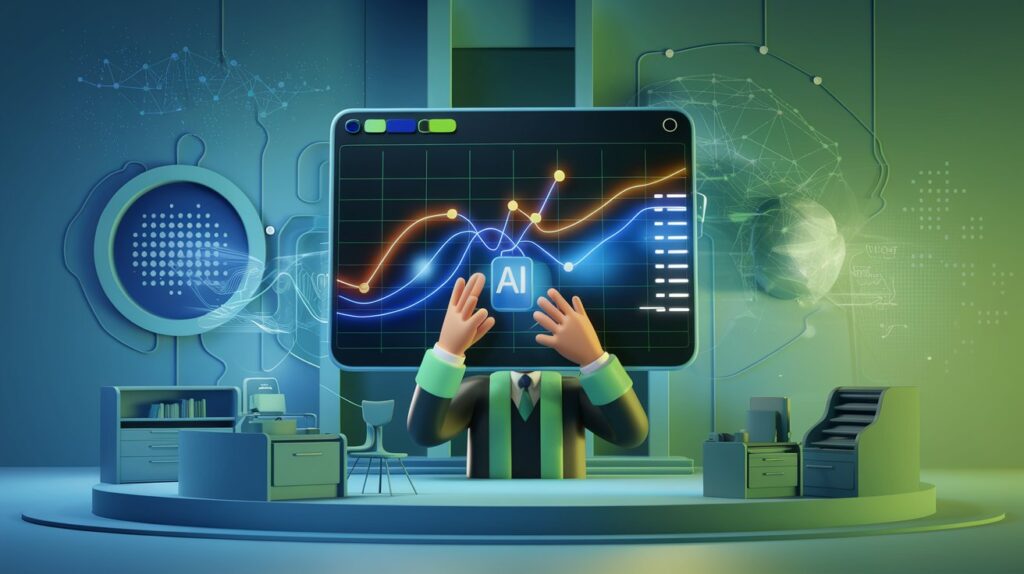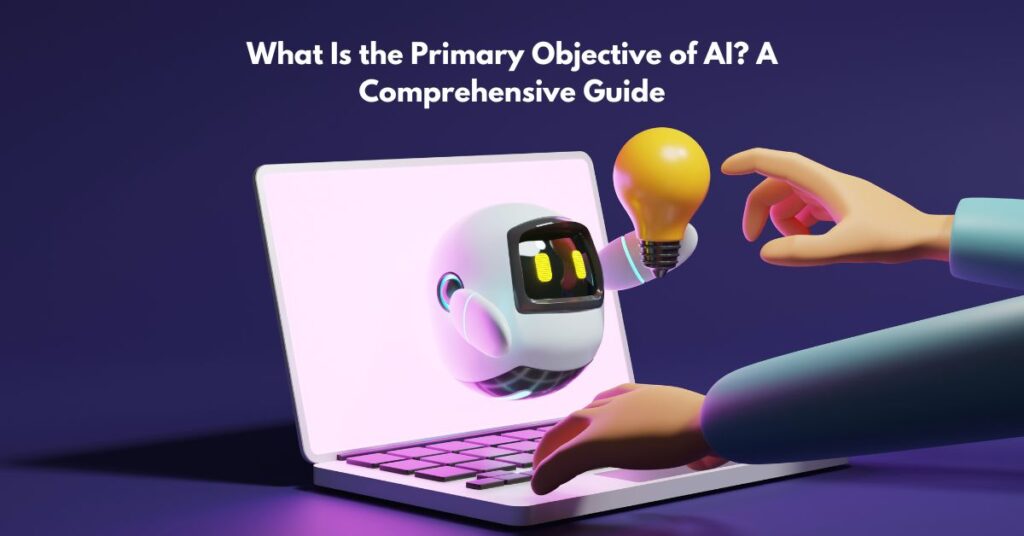Introduction
Generative AI has emerged as a transformative force, fundamentally reshaping how users interact with digital systems. These AI-driven systems create new content—whether it’s text, images, or music—by analyzing patterns from existing data. This article explores how generative AI is revolutionizing user interaction by enabling hyper-personalization, enhancing communication, fostering creativity, and making complex information more accessible.
Table of Contents
Understanding Generative AI
Definition and Core Components
Generative AI is a specialized branch of artificial intelligence that produces novel content through advanced techniques like machine learning (ML), natural language processing (NLP), and deep learning (DL). These technologies enable AI systems to generate human-like language, making interactions with technology more intuitive and natural. At its core, generative AI mimics human creativity by learning from vast datasets and then using that knowledge to create new, original content.
Evolution of Generative AI
The evolution of generative AI has been nothing short of remarkable. Early AI systems were rudimentary, limited to basic tasks. However, the development of large language models (LLMs) like OpenAI’s GPT series has expanded the capabilities of AI far beyond what was previously possible. Today, generative AI can perform sophisticated tasks such as real-time language translation, complex image generation, and even creative writing. This progress has been fueled by advances in computational power and the development of more nuanced algorithms.
Enhancing Personalization

Tailored Content Creation
Generative AI has unlocked new levels of personalization, allowing for the creation of content that is precisely tailored to individual user preferences. For example, AI systems can analyze user data to craft personalized emails, product recommendations, and targeted advertisements. This high level of customization not only boosts user satisfaction but also drives engagement by delivering content that feels personally relevant.
Real-World Applications
Companies like Amazon and Netflix have successfully integrated generative AI into their platforms, using it to recommend products and content based on user behavior. These personalized recommendations have led to increased user retention and customer loyalty, highlighting the powerful impact of AI-driven personalization on user experience.
Improving Communication
Advanced Chatbots and Virtual Assistants
Generative AI has redefined customer service by powering advanced chatbots and virtual assistants capable of handling a high volume of inquiries with speed and precision. These AI-driven tools streamline user interactions, providing immediate responses to routine questions and allowing human agents to focus on more complex issues. The result is a more efficient customer service experience that meets the demands of today’s fast-paced digital world.
Enhanced User Engagement
AI-powered chatbots don’t just respond to user queries—they can also initiate conversations, offering proactive support and guiding users through their digital journeys. This level of interaction leads to higher customer satisfaction and fosters deeper engagement, as users receive the help they need exactly when they need it.
Boosting Creativity
AI-Assisted Creative Processes
Generative AI is making significant inroads in creative fields, offering tools that assist users in content creation, music composition, and visual arts. By automating parts of the creative process, AI democratizes creativity, allowing individuals without formal training to explore and express their creative potential.
Innovative Tools and Platforms
Applications like OpenAI’s DALL-E, which generates images from textual descriptions, and AIVA, an AI composer, empower users to experiment with new forms of artistic expression. These tools provide a collaborative platform where human creativity is augmented by AI, leading to innovative outcomes that blend human and machine creativity.
Simplifying Complex Information

Making Information Accessible
One of the most significant contributions of generative AI is its ability to simplify and distill complex information, making it more accessible to a broader audience. AI systems can summarize lengthy documents, generate FAQs, and present data in user-friendly formats. This capability is particularly valuable in fields like healthcare and finance, where understanding intricate data is essential.
Tools for Information Management
IBM’s Watsonx™ Assistant exemplifies how generative AI enhances the management and presentation of complex information. By using AI to generate concise, accurate summaries and actionable insights, these tools improve the efficiency of customer interactions and support better decision-making.
Real-World Applications
Case Studies in Various Sectors
Generative AI’s impact spans multiple industries. In healthcare, AI models predict patient outcomes and improve safety by analyzing extensive datasets. In customer service, generative AI enhances user interactions by delivering personalized experiences and efficient communication. These applications demonstrate the versatility of generative AI in improving both operational efficiency and user satisfaction.
Expert Insights and Industry Statistics
Recent studies highlight the growing importance of generative AI in meeting rising customer expectations. According to IBM, nearly 50% of CEOs believe that increasing customer demands will accelerate the adoption of generative AI. Additionally, Gartner predicts that by 2025, 80% of customer service organizations will implement generative AI to enhance user experience.
Future Outlook for Generative AI in User Interaction
Emerging Trends
The future of generative AI promises even more sophisticated user interactions, with trends pointing towards the development of more intuitive interfaces and deeper levels of personalization. As these technologies continue to evolve, they are expected to offer users increasingly seamless and engaging experiences.
Ethical Considerations
As generative AI becomes more pervasive, ethical issues like data privacy, bias, and transparency will become increasingly important. Ensuring responsible AI use involves adhering to ethical guidelines, conducting rigorous validation, and implementing continuous monitoring to ensure equitable and safe outcomes for all users.
Conclusion

Generative AI is at the forefront of transforming user interaction, offering enhanced personalization, improved communication, boosted creativity, and simplified access to complex information. As these technologies advance, they hold immense potential to redefine our engagement with digital systems. Embracing generative AI while addressing ethical considerations will be key to unlocking the full potential of these transformative technologies.
Call to Action
We’d love to hear your experiences with generative AI and how it has impacted your interactions with technology. Your insights can help shape the future of these technologies and ensure they continue to evolve in ways that benefit everyone.
Research References
| Aspect | Key Points | Sources |
|---|---|---|
| Definition and Components | Generative AI utilizes ML, NLP, and DL to create new content. | OpenAI, IBM |
| Evolution | Advances in LLMs and computational power have driven progress. | Gartner |
| Personalization | AI tailors content to user preferences, enhancing satisfaction. | Netflix, Amazon |
| Communication | AI chatbots provide quick, efficient responses, improving engagement. | IBM |
| Creativity | AI assists in content generation, music creation, and art. | OpenAI |
| Simplifying Information | AI summarizes complex data, making it accessible. | IBM |
| Real-World Applications | AI improves patient safety and customer service experiences. | IBM, Gartner |
| Future Trends and Ethics | Emerging trends include more intuitive interfaces; ethical use is crucial. | IBM, Gartner |
FAQs
1. What is generative AI?
Generative AI refers to a type of artificial intelligence that can create new content, such as text, images, music, or even code, by learning from existing data. It uses advanced machine learning, natural language processing, and deep learning techniques to generate content that mimics human creativity.
2. How does generative AI improve personalization in user interactions?
Generative AI enhances personalization by analyzing user data to create tailored content, such as personalized emails, product recommendations, and targeted advertisements. This leads to more engaging and relevant experiences for users, increasing satisfaction and loyalty.
3. What are some real-world examples of generative AI in use today?
Companies like Netflix and Amazon use generative AI to recommend movies, shows, and products based on user preferences and behavior. AI-powered chatbots and virtual assistants, such as those used by customer service departments, are also examples of generative AI in action.
4. How does generative AI help in improving communication?
Generative AI powers advanced chatbots and virtual assistants that can handle a large volume of inquiries quickly and efficiently. These AI tools provide immediate responses to routine questions, freeing up human agents to deal with more complex issues, thus improving overall communication.
5. Can generative AI assist in creative processes?
Yes, generative AI is increasingly used in creative fields, assisting in content creation, music composition, and visual arts. Tools like OpenAI’s DALL-E can generate images from text prompts, while AIVA helps musicians compose original pieces, making creativity more accessible to a wider audience.
6. How does generative AI simplify complex information?
Generative AI can break down and summarize complex information, making it easier to understand. For instance, AI can generate concise summaries of lengthy documents, create FAQs, and present data in user-friendly formats, which is especially useful in industries like healthcare and finance.
7. What are the ethical considerations associated with generative AI?
As generative AI becomes more widespread, ethical concerns such as data privacy, bias, and transparency are increasingly important. Responsible AI use requires adherence to ethical guidelines, ongoing monitoring, and ensuring that AI systems are fair and safe for all users.
8. What are the emerging trends in generative AI for user interaction?
Emerging trends include the development of more intuitive interfaces, deeper personalization, and the integration of AI into everyday tasks. These advancements are expected to make user interactions more seamless, efficient, and engaging.
9. How is generative AI used in customer service?
In customer service, generative AI is used to create chatbots and virtual assistants that provide instant support to customers. These AI tools can handle routine inquiries, guide users through processes, and escalate more complex issues to human agents, improving the overall customer experience.
10. What is the future outlook for generative AI in user interaction?
The future of generative AI in user interaction looks promising, with ongoing advancements in personalization, creativity, and communication. As AI technologies continue to evolve, they are expected to offer even more sophisticated tools that enhance how we interact with digital systems. However, addressing ethical challenges will be crucial to realizing its full potential.



Pingback: AI Tools for Math Teachers: Transforming the Classroom Experience -
Pingback: Why is Controlling the Output of Generative AI Systems Important? -